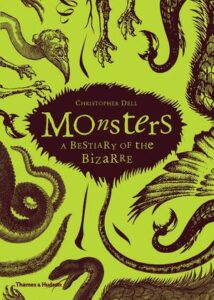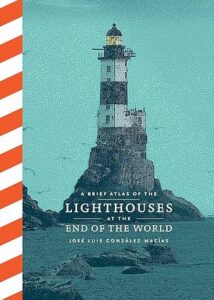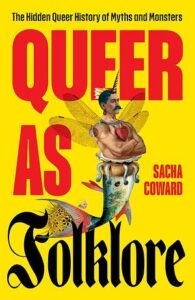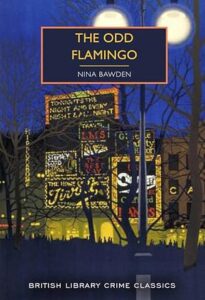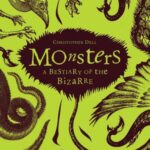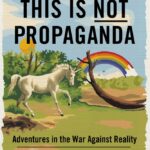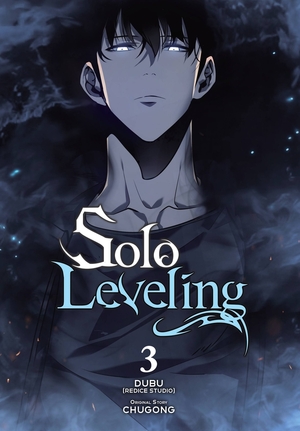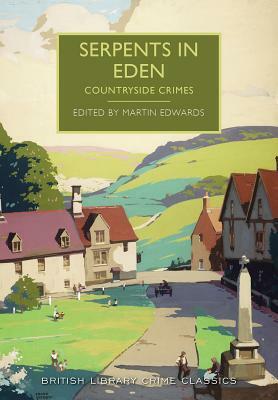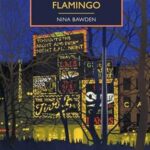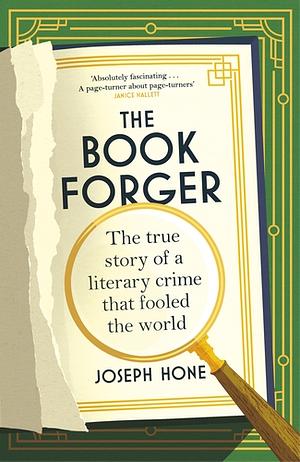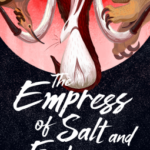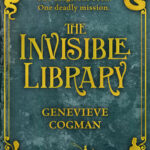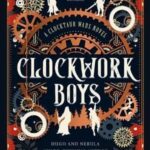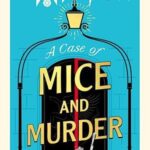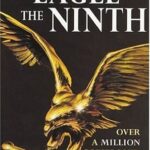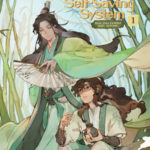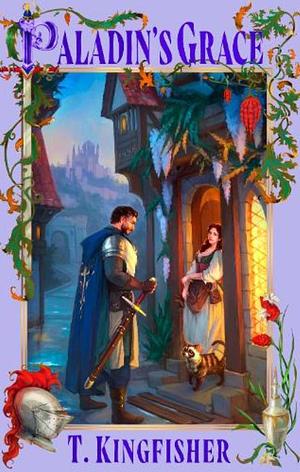
The Judas Window
by John Dickson Carr, Carter Dickson
Genres: Crime, MysteryPages: 269
Series: British Library Crime Classics
Rating:

Synopsis:Avory Hume is found stabbed to death with an arrow - in a study with bolted steel shutters and a heavy door locked from the inside. In the same room James Caplon Answell lies unconscious, his clothes disordered as though from a struggle, his fingerprints on the damning arrow.
Here is the unique Carter Dickson "impossible situation" - yet the great, explosive Sir Henry Merrivale gets down to serious sleuthing and at last startles the crowd in the Old Bailey with a reconstruction of the crime along logical, convincing lines.
H.M. in his most exciting case - an original, unconventional mystery, with a rich story background and a thrilling trial scene.
Every time the British Library Crime Classics series republish one of John Dickson Carr’s mysteries (under that name or as Carter Dickson), the intro hyperbolically refers to it as one of the greatest locked room mysteries ever, etc etc. The Judas Window was a genuinely fun one though, with one of the least goofy explanations of how the locked room wasn’t actually impenetrable, and it’s one of the books in John Dickson Carr’s oeuvre that I got on with best so far (not always having been much of a fan).
It certainly helps that much of it is courtroom drama, with the larger-than-life H.M. defending the prisoner in court, with a few sensations along the way. The character of Mary Hume is pretty amazing, and a rare one in crime fiction: having allowed a lover to take erotic photos of her and then been blackmailed about them, she comes out in court to take all the power out of it by forthrightly admitting the whole thing. I feel like this doesn’t get as much spotlight as it deserves in the story, because it’s a heck of a power play.
The puzzle works out nicely, with my only quibble being that I didn’t think the actual culprit made a lot of sense without some more clues or build-up. But that wasn’t so much the point of the story, I think, so it wasn’t a huge downside. Overall, I really liked this one.
Rating: 4/5 (“really liked it”)



